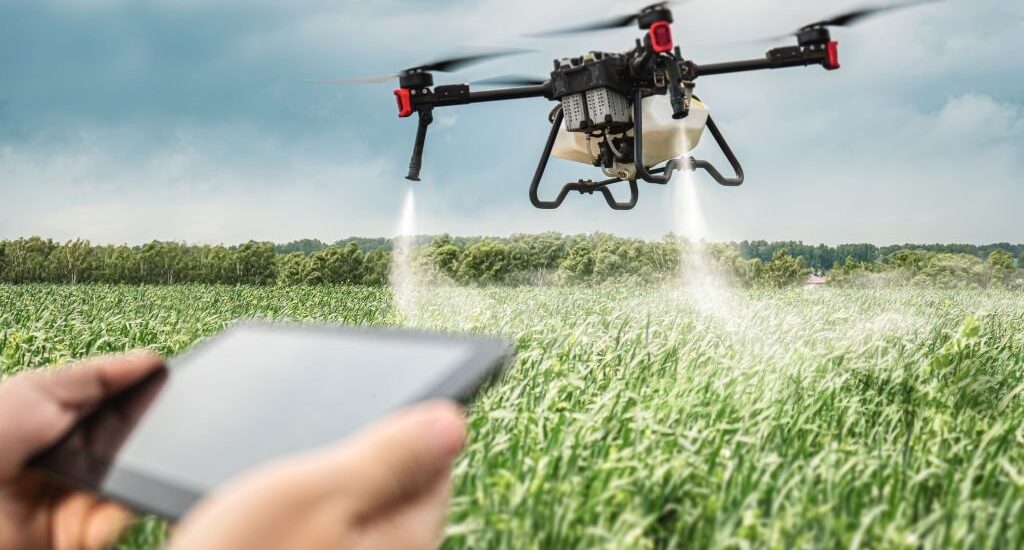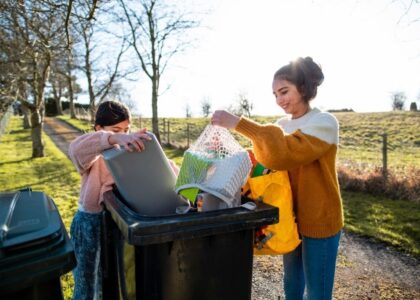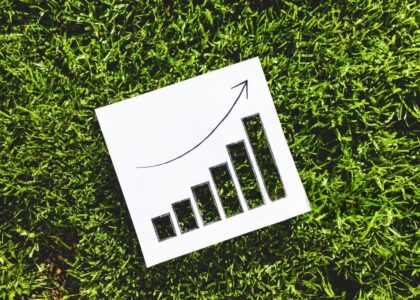As the global population races toward 9.7 billion by 2050, the world faces a pressing challenge: how do we feed everyone without destroying the planet?
Two farming models dominate today’s conversation:
- Industrial Agriculture — large-scale, input-heavy farming focused on maximizing yields.
- Agroecology — a holistic, nature-based approach that integrates ecology, culture, and sustainability.
But which path leads us toward a resilient, equitable, and climate-friendly food future? Let’s break it down.
🌾 Industrial Agriculture: High Yields, High Costs
Industrial agriculture relies heavily on chemical fertilizers, pesticides, genetically modified crops, and intensive mechanization. It has undeniably contributed to food security by boosting yields and lowering prices, but at a significant cost.
✅ Strengths
- Feeds billions efficiently
- Reduces food shortages in urban areas
- Powers global trade and economic growth
❌ Challenges
- Soil degradation → Loss of nutrients from excessive monocropping
- Water scarcity → Over-irrigation in dry regions
- Greenhouse gas emissions → Livestock and fertilizer contribute to 33% of global emissions
- Biodiversity loss → Clearing forests for industrial farms threatens ecosystems
Industrial agriculture has succeeded in quantity but often fails in sustainability.
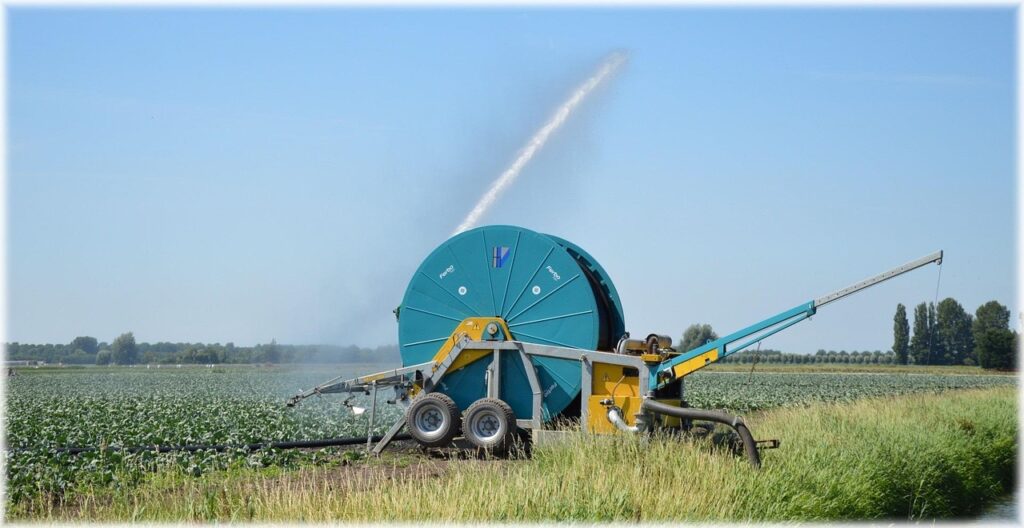
🌿 Agroecology: Farming With Nature, Not Against It
Agroecology focuses on working with natural ecosystems rather than controlling them. It integrates traditional knowledge with modern science to create regenerative farming systems.
🌱 Principles of Agroecology
- Biodiversity → Planting diverse crops to improve soil and pest resistance
- Soil health → Using compost, cover crops, and minimal tilling
- Water conservation → Smart irrigation and natural watershed management
- Community empowerment → Supporting smallholder farmers and local food systems
✅ Benefits
- Reduces chemical dependency
- Strengthens resilience to climate change
- Promotes equity and food sovereignty
- Enhances nutrition and local economies
Agroecology doesn’t just feed people — it restores ecosystems while empowering communities.
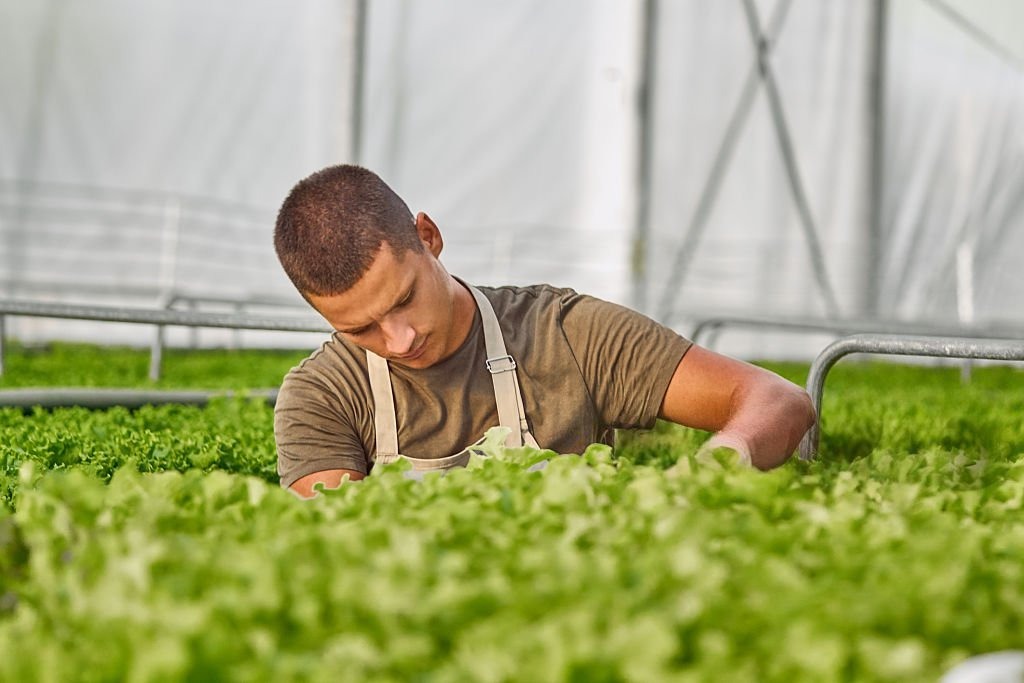
🌎 The Future of Food: A Hybrid Approach
The debate shouldn’t be Agroecology vs. Industrial Agriculture — the future lies in integrating the best of both:
- Innovative technology from industrial systems
- Nature-based solutions from agroecology
- Policy support for small-scale farmers
- Sustainable supply chains that reduce waste
As Amb. Canon Otto, Convener of the Global Sustainability Summit, puts it:
“Feeding the world sustainably isn’t about choosing sides — it’s about rethinking agriculture so that people, planet, and profit thrive together.”
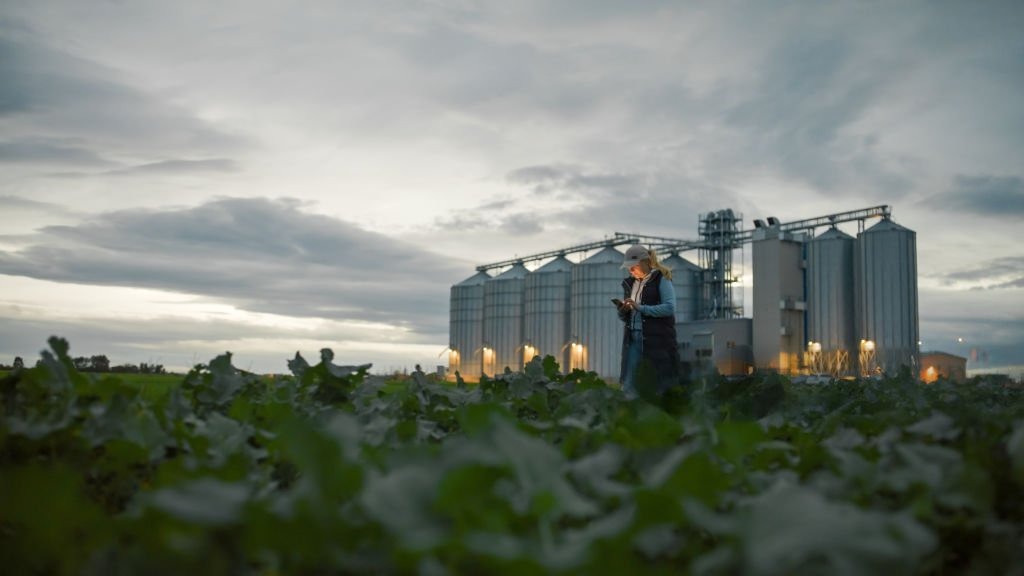
💡 What We Can Do
- Consumers → Support local farmers and choose sustainably grown produce
- Businesses → Invest in regenerative farming and responsible sourcing
- Governments → Implement policies promoting sustainable land use and agroecology
- Communities → Share knowledge and adopt resilient farming practices
🔗 Final Thoughts
To achieve global food security without sacrificing our planet, we must redefine agriculture. Agroecology shows us how to work with nature, while industrial efficiency reminds us of the scale required to meet demand.
At SustainabilityUnscripted, we’re committed to sharing stories, solutions, and strategies that guide us toward a greener, fairer, and more sustainable food future.

